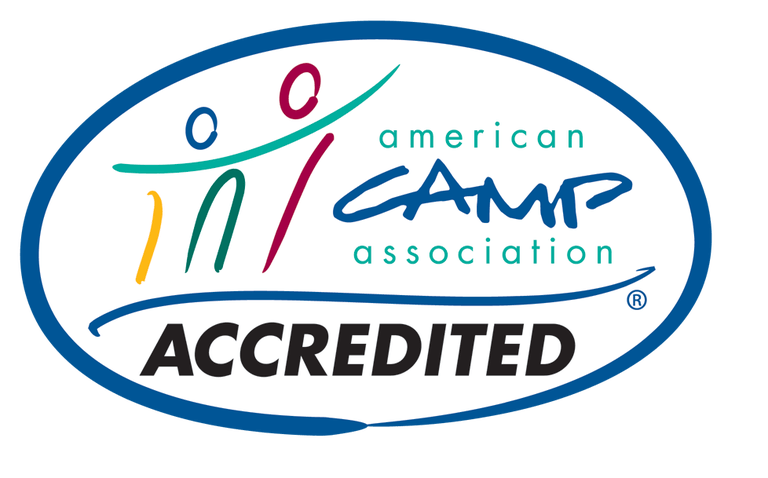Phylum Echinodermata
/Sand Dollars on Sound View beach
During low tide here at Sound View, you can see thousands of dark purple disks sticking out of the sand and if you are lucky, you may even find a star in the sand. Additionally, there are probably some tiny and fragile stars crawling through the mud under the water. These animals are all echinoderms. Echinoderms are a group of invertebrate animals that exclusively live in salt water. This phylum includes six thousand species of: sea stars, brittle stars, sand dollars, sea urchins, sea cucumbers. They come in a wide range of shapes, colors, and sizes. Though they are very diverse, they have many characteristics that link them together.
Spines and Tube Feet of a Sea Urchin Photo: https://en.wikipedia.org/wiki/Tube_feet
The name of the phylum, echinodermata, means “spiny skin.” Many echinoderms do have spiny skin, however some do not or have fake spines, like in many sea cucumbers. To an echinoderm, salt water isn’t only something they live in, it is their blood, source of oxygen, and used in their movement. Echinoderms have a “water vascular system.” this means the use water from the ocean in place of blood. They bring the water into their body through a madreporite, or “mother pore.” The oxygen in this water is brought and used by different parts of the body. They also use the water to power their tube feet. The tube feet look like a tube with a suction cup at the end. They use their hundreds of tube feet to move around, hold on to surfaces, and to move food towards their mouth. In the case of many sea stars, they also use their tube feet to pull on mussel/clam shells until the mussel/clam becomes too tired to hold its shells closed. Then the sea star will take its stomach out of its mouth and digest the inside of the mussel/clam.
Leather Star on Sound View beach
All echinoderms have pentaradial symmetry. This means that their bodies have five identical sections. You can see this most easily in sea stars because they will generally have five arms or five sets of arms. There are a few exceptions to this, such as the Six-rayed Star that can be found on Washington’s coast. Occasionally, a sea star may lose an arm to a predator. All echinoderms have incredible regenerative, or regrowing, powers though. So a sea star with a lost arm can grow it back and sometimes they accidentally grow an extra one. Sea cucumbers show of their regenerative powers as well. If they feel threatened, they will eject their guts so they can escape while the predator eats their guts. They can later regrow their lost body parts. Sea urchins and sand dollars can regrow parts of their body as well, especially lost spines or tube feet.
Echinoderms are incredibly important to ocean habitats. Sea cucumbers, sand dollars, and brittle stars eat dead material and bacteria on the sea floor or floating through the water. This helps recycle nutrients just like a decomposer does in the forest. Sea Stars are top predators of many ocean habitats. They help control the populations of mussels, clams, barnacles, sea urchins, sand dollars and more. Sea urchins are known for devouring kelp forests, especially when their population is not controlled by predators. They are a favorite food of sea otters. Although they do not look tasty with all those spines, humans eat urchin as well. It is commonly used in sushi and is called “uni.”






